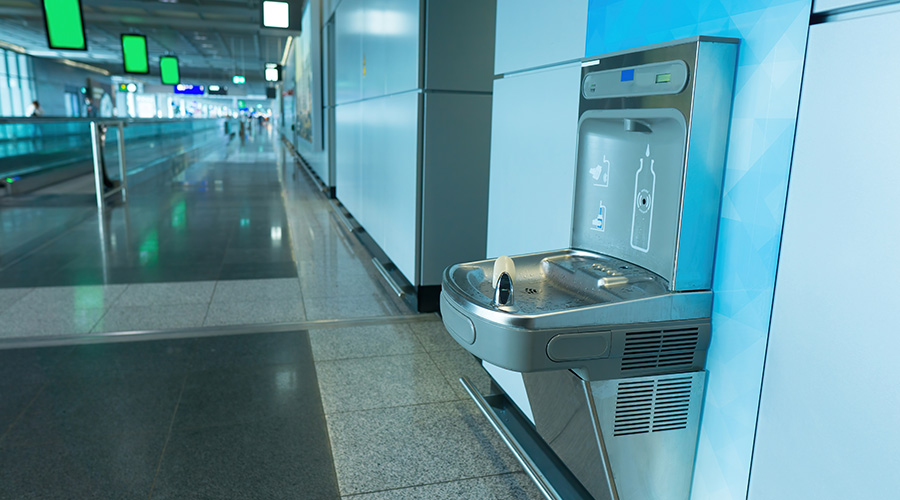Health Risks and Legionella: Separating Fact from Fiction
Today's hyperconnected world comes with many great advantages that allow people to share and retrieve information in real time. Warnings can spread worldwide in seconds, access to professional journals and industry experts is online, and most carry the ability to access this via cell phones and tablets.
The downside is that the same holds true of misinformation. Myths and falsehoods can spread with the same fervor, and once online, those myths can be hard to stop. Knowing what is true and what is not can be a challenge but not impossible, and when it comes to things like health and safety, knowing the truth is vital.
Legionella, the bacteria that causes Legionnaire's Disease, is no exception. Since it was identified in 1976, much progress has been made in understanding the disease, its causes, where the bacteria is found, its health risks, and how to protect against it. It has also sparked many myths, from outright falsehoods to unsubstantiated claims that have no evidence to back them up.
Separating fact from fiction can be a challenge. Plumbing Manufacturers International (PMI) has taken on this challenge as part of an ongoing effort to address the myths surrounding the industry and to promote safe and healthy installation and maintenance practices.
What We Know
Legionella is a naturally occurring bacterium mostly found in water sources, both natural and man-made, as well as certain types of soil. Although most people who come in contact with it do not get sick, given the right set of circumstances, contact with Legionella can lead to serious health risks, including a severe type of pneumonia known as Legionnaire's Disease.
The Centers for Disease Control (CDC) notes that most exposure to Legionella does not result in infection, but it does warn against certain risk factors and promotes safe practices to guard against infection. A great deal of the CDC's focus involves hot tubs, which have proven to be hot spots of trouble when not properly maintained.
Other organizations have taken a more comprehensive approach, but debate surrounding risky areas still remains. Much of that debate comes from the fact that although Legionella is found naturally in the environment, the primary risk of infection happens when water or soil containing the bacterium becomes aerosolized and enters the lungs.
Related Topics:














